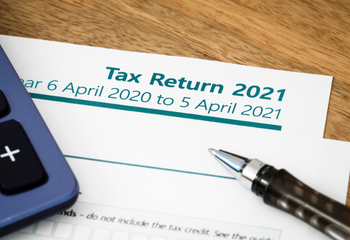The amount of CGT paid has tripled since the same period a decade earlier. Below, we’ve outlined some ways to reduce the tax liability on capital gains. What does CGT apply to exactly?
Calculating capital gains tax liability
As an example, you’ll pay CGT on any profits you make when you sell shares, a second home and some personal possessions you sell for more £6,000. As an individual any profits over £12,300 (as that’s the current CGT exemption) are chargeable. CGT liability is paid as a percentage, and the amount you pay will depend on which tax bracket you fall into. For example, the rate for higher and additional rate taxpayers is 28 per cent on property and 20 per cent on other assets. For basic rate payers, it’s 18 per cent and 10 per cent respectively.
How to be more CGT efficient.
Open up an ISA
You can invest up to £20,000 a year in an ISA without having to worry about capital gains tax liability. That sum doubles for those who are married or in a civil partnership since it’s possible to combine allowances.
Transfer assets
By transferring assets to your spouse or civil partner in a lower tax bracket, you can reduce your CGT liability. Alternatively, you can make use of their allowance, meaning – you could potentially save up to £24,600 this way without having to worry about paying CGT.
Carry forward losses
Provided you record a loss in your tax return for a particular year, you can carry it forward to the next year and offset it against any profits made from the sale of assets.
Spread sale over assets
By selling half your assets one year and the other half the following, you can benefit from the tax-free allowance for each separate year – meaning you’ll double the CGT liability allowance.
Pay more into a pension
Putting money into a pension means you’re deducting it from your overall earnings, so it could help keep you in a lower tax band, meaning you would be able to keep your CGT rate at 10 per cent for non-residential assets.
Open up an EIS
You won’t pay CGT on any gains made in an Enterprise Investment Scheme (EIS), provided you have held the account for at least three years.
Give shares to charity
Shares, property or land which is handed over to charity are eligible for CGT liability relief.
Hold on to your assets
Any capital gains tax liability is wiped out after your death. That’s because inheritance tax takes over at this point. Yes, you won’t benefit from the savings, but at least your family won’t miss out since there won’t have been CGT and Inheritance Tax paid on the same assets.
Consider what you invest in
Any gains made on antiques and collectables can be tax-free. That’s because assets expected to have a life of 50 years or less are considered ‘wasting assets.’ This category includes old clocks, caravans, leisure boats and vintage cars. Crucially though, paintings and jewellery aren’t considered ‘wasting assets’, so any profit over £6,000 will usually be subject to CGT.
Get in touch
To find out how we can help you reduce tax liability on capital gains – or assist with other accountancy matters, please get in touch with the team here at Karbhari & Co Chartered Accountants and Registered Auditors. Call us on 020 8911 811 or email info@karbhariandco.com. See our website at www.karbhariandco.com



